3D printers
High quality 3D printers
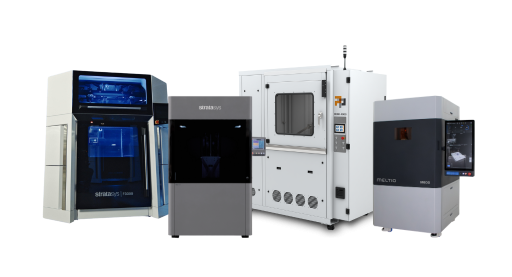
25% discount on your first order of 3D printed components!
SAVE SUMMER DISCOUNT NOW!

The perfect symbiosis of quality and quantity!

Complex geometries with ideal properties!

High-resolution components with a wide variety of materials!

High-performance components with sustainable production!

A wide range of materials and ultra-fast production!

Ideal for a wide range of dental indications!

The process from simple component to product!

Fully automate your production!

Fast processing and successful management!















Sorry, there are no results for this combination of filters. Choose another combination of filters.
To ensure that all requests are handled promptly and completely, we ask that you submit all support requests through our support portal.
To the service portalDo you need assistance with your project, do you need advice or a sample part that we can send you?
Send Email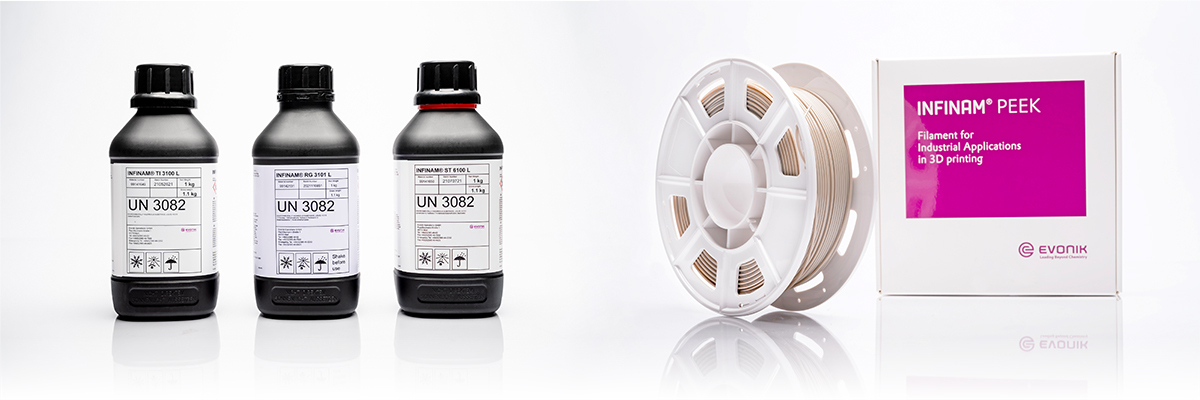
Evonik Industries AG is an industrial giant within the chemical industry. Formed in 2006, Evonik now has over 34,000 employees, operates at more than 40 sites around the globe, and generated sales of approximately €18.5 billion in 2022. This makes Evonik Industries one of the 50 largest German companies worldwide and one of the top 3 largest German chemical companies.
The applications for Evonik's specialty chemicals and high-performance materials are countless. Additives for the electronics industry and coatings for asphalt, active oxygen for agriculture and pharmaceutical products, silica for cosmetics and detergents, silanes for thermal insulation in buildings and stability enhancements for fiberglass products and much more are developed by Evonik Industries.
Now Evonik has also arrived in Additive Manufacturing. Evonik is leveraging its years of experience in these diverse applications to take 3D printing to a new level with its photopolymers and its PEEK filament of the INFINAM® series.
To celebrate the distribution partnership between Evonik and ProductionToGo GmbH, which came into effect today, I would like to introduce some of these high-performance 3D printing materials in this blog post. My goal is to briefly and concisely summarize the properties and potential applications of these photopolymers (resins) and Evonik's PEEK filament, providing an ideal overview of the various materials.
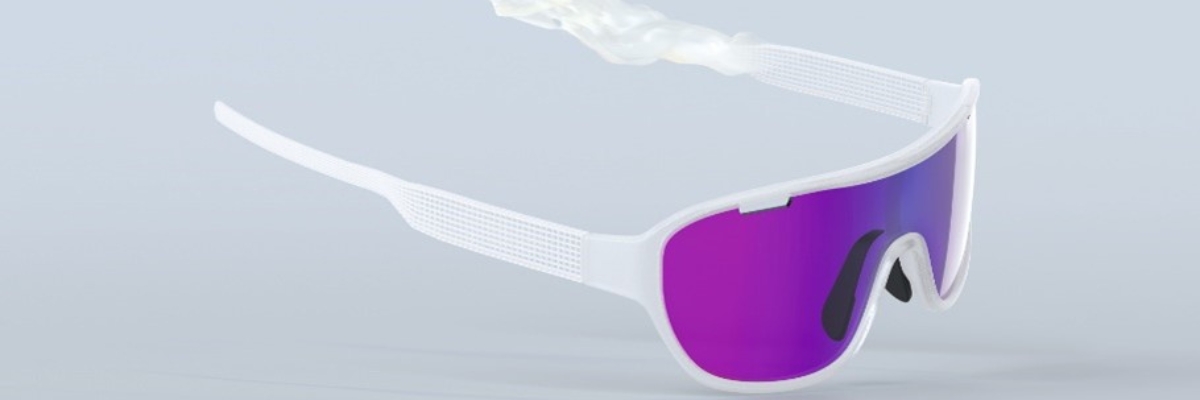
The RG 2000 L photopolymer stands out above all for its extraordinarily low yellowing index, even after long UV exposure, and its good light transmission. In addition, this resin is very easy to process and offers high impact strength as well as excellent chemical and mechanical resistance.
This material was developed primarily for the eyewear industry. Its properties make it ideal for additively manufactured lenses and frames.
At the same time, the resin is also fantastically suitable for other applications that benefit from the low yellowing index and high light transmission. These include, for example, microfluidic reactors, transparent high-end prototypes, light guides, lighting covers and much more.
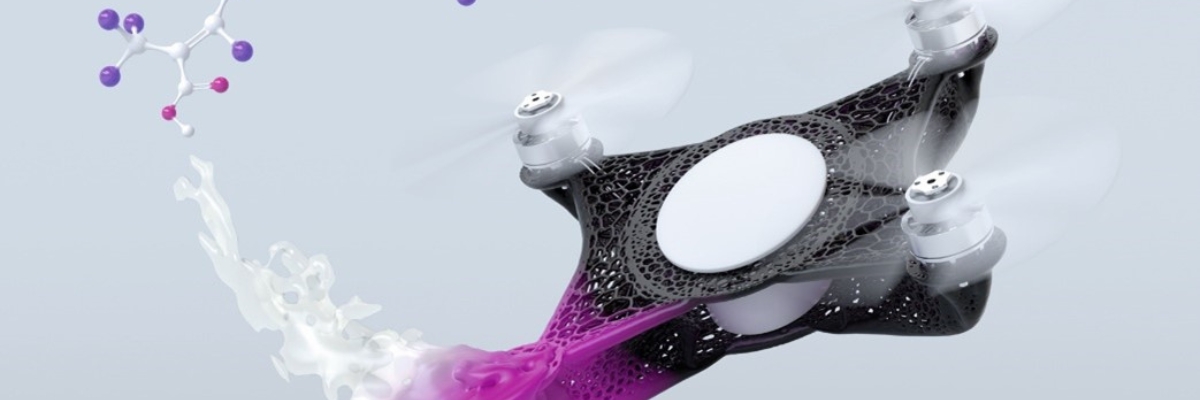
With its excellent impact strength, high temperature resistance and exorbitantly durable mechanical properties, RG 3101 L is a guarantor for industrial quality. Its easy processability also makes it ideal for making series production in industrial plants more efficient.
RG 3101 L is perfect for components that still need to be machined afterwards - be it buckles or automotive components. Due to its similarity to ABS, it is also suitable for components that are exposed to permanent force.
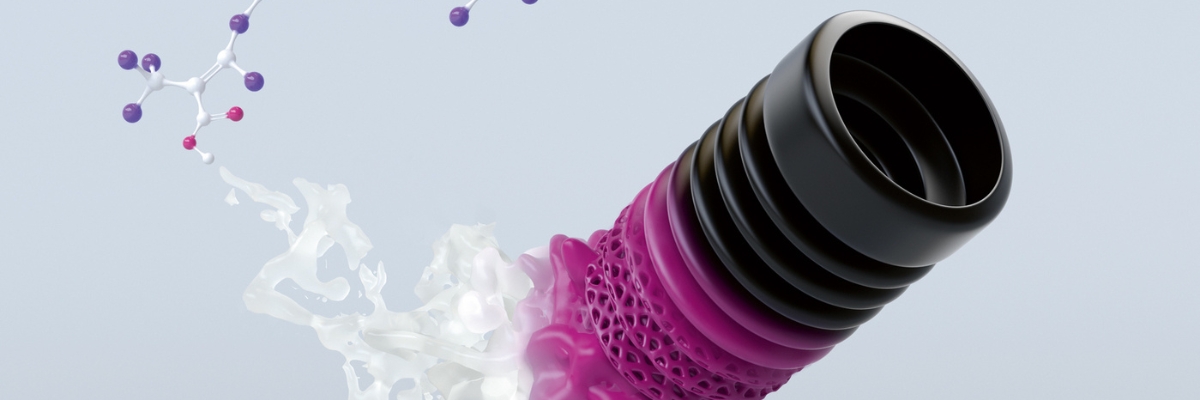
RG 7100 L, which was specially developed for DLP printers, impresses among other things with its very low moisture absorption and excellent mechanical properties similar to those of ABS. In addition, it enables the production of components with isotropic properties and the finest details, which are even better accentuated by the glossy black color and very smooth surface.
This material is the perfect choice when it comes to sophisticated design visualizations. It is irrelevant whether prototypes or end-of-use components - RG 7100 L always leaves a lasting impression.
But applications such as drones or automotive components also benefit enormously from the use of this material. Thanks to its high ductility combined with excellent impact strength, RG 7100 L remains fracture-resistant even when subjected to drastic forces, which increases the longevity of the components and the safety of the users.
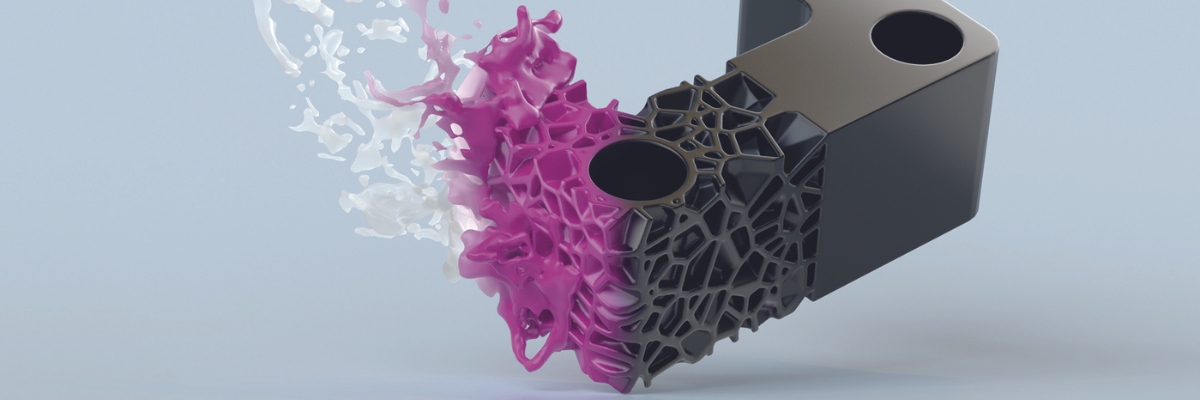
ST 6100 L combines high durability, toughness, chemical and temperature resistance in one material. Added to this is exceptional tensile strength combined with good ductility. The high weatherability also makes the material suitable for applications under difficult conditions.
This photopolymer was developed for a wide range of industrial applications that require first-class mechanical properties combined with high heat resistance. These include molds, models and tools in industries such as aerospace and automotive.
At the same time, ST 6100 L's high surface quality and exceptional accuracy also offer the possibility of making the serial production of industrial operations more efficient and cost-effective.
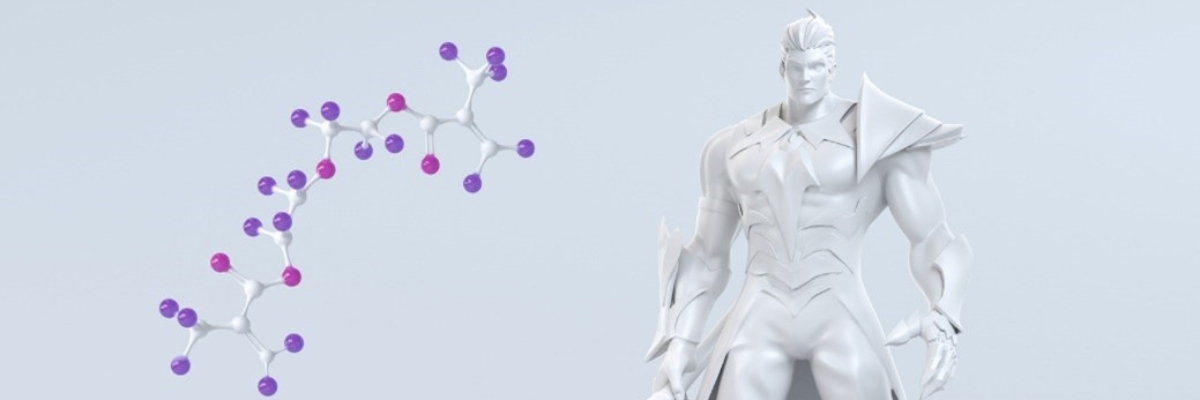
The PVC-like TI 5400 L particularly impresses with its high-quality white color in combination with excellent levels of detail and the high surface quality. But it's not just the appearance of this photopolymer that has it all - the easy-to-process TI 5400 L also has long-lasting thermomechanical performance, excellent impact strength combined with high elongation at break, and high mechanical strength.
The spectrum of applications for this material ranges from industrial components to the production of customized consumer goods. Whether for luxury cars or limited-edition designer toys, TI 5400 L resin enables top design and mechanical performance.

The INFINAM® PEEK filament has a variety of unique features. From outstanding print quality with high precision and high heat resistance of up to 250 °C for long-term and up to 300 °C for short-term temperatures, to resistance to most organic and inorganic chemicals up to excellent wear resistance - PEEK 9359 is the definition of high-performance material.
In addition to all of these properties, PEEK 9359 also offers excellent resistance to gamma radiation, is inherently flame retardant with low smoke generation, and provides fantastic wave transmission performance that rivals that of metal.
The areas of application for the INFINAM® PEEK filament are impossible to summarize due to their diversity. However, one special role that this material can play is the replacement of 3D-printed metal components. Compared to, for example, 3D-printed stainless-steel components, PEEK components are up to 80% lighter and 30% tougher! This, in combination with the terrific resistance to heat and chemicals, enables the use of PEEK 9359 within the aerospace industry, among others, to save weight and thus also fuel.
Evonik Industries is already driving progress in the development of materials for additive manufacturing. In addition to the high-performance materials I discussed in this blog post, Evonik is working at full speed on further filaments and polymer powders so that Evonik's footprint within additive manufacturing can become even larger.
Yet Evonik has only just found its way into Additive Manufacturing technology, which is advancing further and faster. And judging by the company's commitment to developing more and more high-performance materials, it's unlikely that the progress made by Evonik in the 3D printing market will stop in the coming years.
This progress can be driven even further by partnering with us. Through our deep understanding of technology and our application-oriented process design, we can work with Evonik to ensure that we create new application possibilities for Additive Manufacturing and always find the right material for our customers.
We are excited about all the possibilities this partnership will open for us and our customers!
Cookie settings
We use cookies to provide you with the best possible experience. They also allow us to analyze user behavior in order to constantly improve the website for you. Privacy Policy